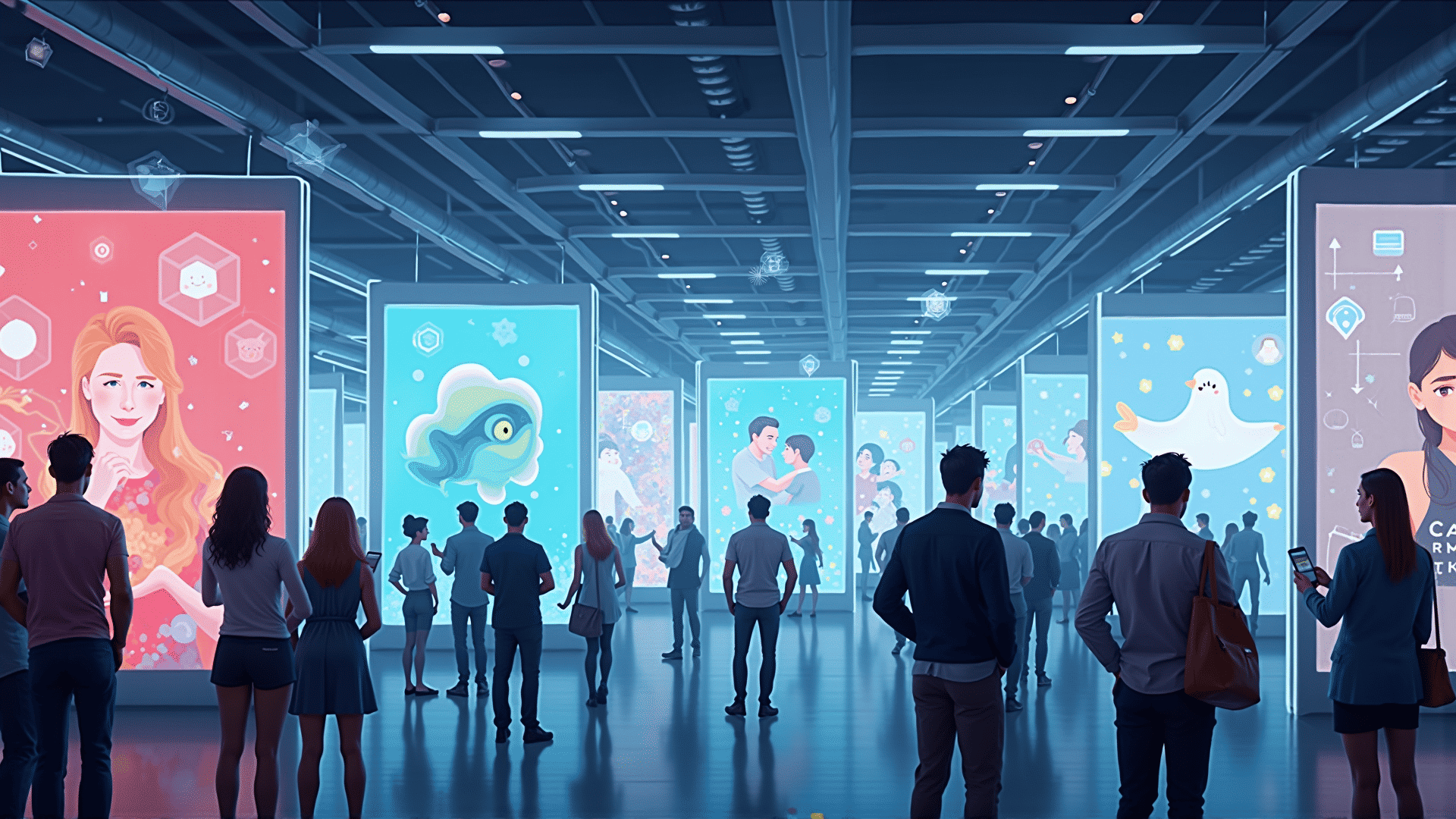Navigating the complex intricacies of online marketplaces for digital assets unveils a dynamic interspace where creativity intersects with reachability. These platforms serve as bridges, connecting creators with global audiences, transforming how arts are shared, distributed, and perceived. This expansive virtual realm is redefining accessibility, ensuring artists can showcase their ingenuity to an audience unbounded by geographic limitations.
Central to this transformation is the way these platforms facilitate the exposure of artists' works. By leveraging digital spaces, creatives find it easier to display their portfolios, gaining visibility among collectors and enthusiasts who may have otherwise remained unaware. The vast audience reach allows for the diversification of fans and potential clients, building a community around the artwork itself.
In this digital ecosystem, the cultural exchange becomes a two-way street. While artists gain broad recognition, consumers access a plethora of unique and personalized creations, enhancing their cultural experiences. It's not just about accessibility but also about choice and variety. Consumers can easily find art that resonates with them, traversing styles from classic to contemporary, from abstract to realist.
Online marketplaces also provide creators with the power of analytics, offering insights into demographics and preferences. These tools are invaluable for tailoring future projects and marketing strategies, allowing artists to adapt and thrive in an ever-evolving digital landscape. Understanding the patterns in consumer interaction enables artists to fine-tune their approach, ensuring they remain relevant and engaging.
Moreover, these digital venues support the growth of collaborative opportunities. Artists can connect directly with other creatives and potential partners, sparking collaborations that transcend traditional boundaries. These partnerships often lead to innovative projects, merging different art forms and generating synergies that foster the arts community's vibrancy and resilience.
The digital nature of these marketplaces also supports a more sustainable mode of operation. By minimizing the need for physical materials and spaces, they contribute to a more environmentally conscious approach to art distribution. This not only benefits the planet but also allows artists to focus resources on creation rather than logistics.
Ultimately, the digital marketplace is more than just a conduit for transaction; it is a catalyst for change in the way art is produced, distributed, and consumed. As technology continues to evolve, these platforms will undoubtedly adapt, offering even more opportunities for artists and audiences alike to experience the rich tapestry of global creativity. The future of art is not just about surviving online transitions but thriving within them, embracing the new dynamics that these digital landscapes present.
